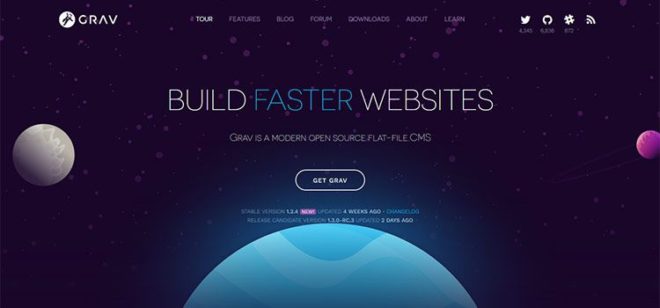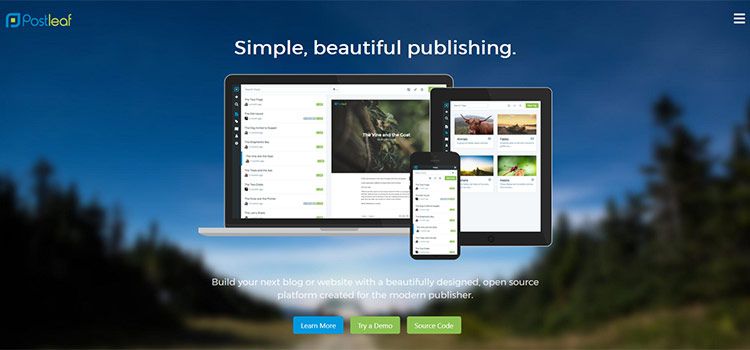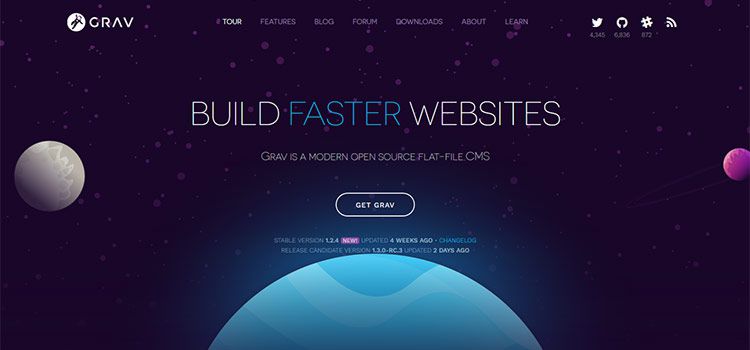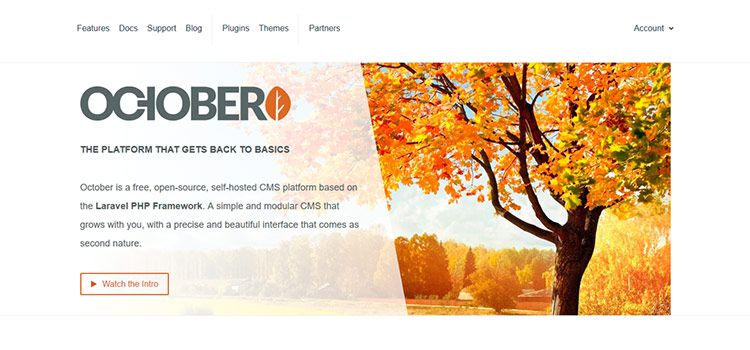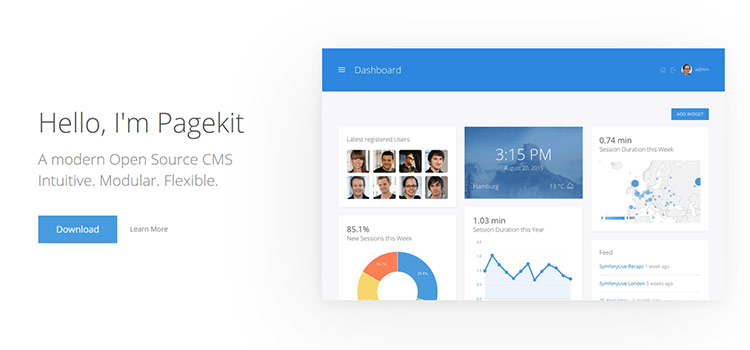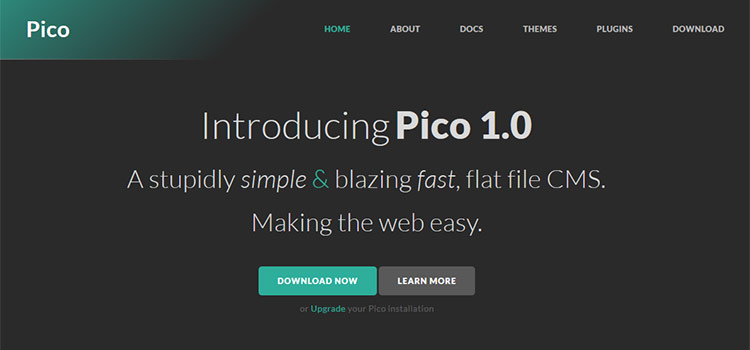5 Lightweight CMS For Web Designers In 2018: The elegance of a Content Management System (CMS) is the capacity to manage content, performance as well as design through an easy-to-use UI. Everybody from the tiniest bloggers all the way to the largest corporations makes use of some kind of a CMS because of just how they simplify site management.
On the other hand, several of these systems can be genuine resource hogs. Weighed down with large amounts of code as well as slow-moving databases, they can be a little bit of excessive for a basic site on shared holding.
The bright side is that there are some genuine options to widely-used platforms like WordPress, Joomla! or Drupal. Let’s take a look at a collection of innovative, lightweight systems that are challenging the concept of just what a CMS has to be.
Below are 5 Lightweight CMS For Web Designers In 2018
You May Also Like: 5 Factors why WordPress is Leading CMS in Website design
Postleaf
Postleaf is a complimentary, open source CMS that works on Node.js. This system runs extremely quickly. Clicking items in the admin demonstration create a virtually rapid loading of posts, setups, etc.
It includes inline modifying that really allows you see just what your web page appears like as you make changes (instead of just submitting a lot of kind areas). Sustaining mobile with your design is made easier because the system immediately dishes out optimized images sized appropriately for the customer’s tool. Complete site backups contain a single JSON data – most definitely an included convenience.
Grav
Grav is a flat document CMS, which suggests you don’t require a database. It only needs PHP to run. Merely upload the files and also you’re operating at a rate. Among the awesome aspects of Grav is that it, like various other traditional CMS, can manage plugins and themes which can be securely upgraded. You’ll likewise discover some powerful features like the capability to develop custom areas, produce endless taxonomies, a smart caching system and command line tools.
Motifs are easy to personalize and also make use of the Twig theme language. An additional distinct attribute is that Grav’s admin area is a plugin – indicating you don’t need to install it if you do not want to. That stated level file systems typically aren’t versatile?
October
October is based on the Laravel PHP structure as well as intends to be both straightforward as well as modular. The back end is quite very little, with just a few fundamental and intuitive attributes. Where October actually shines, though, is its use of Markup to control templates. While the system utilizes Twig, it has actually additionally expanded that language with products that associate directly to the CMS. For example, you can conveniently add different AJAX Components, which add the useful capability to simply the pages you want.
This enables you to minimize the presence of unused code on your web pages. You’ll additionally discover a nice collection of totally free and also paid plugins and motifs. Pages, Layouts and code snippets (called Partials) are conserved as.htm files. October takes a fascinating and unique technique to both the procedure of constructing an internet site and also content creation.
Pagekit
Pagekit is built on Vue.js, which means it’s fairly fast. Its use Symfony Elements means that the system design is both modular and extendable. The admin area is appealing and contains adjustable widgets. Producing content is made easier with a consisted of HTML & Markdown editor with the ability to sneak peek changes in real time.
Taking care of content, food selections, as well as widgets, is a simple drag-and-drop event. User authorizations can be readied to allow staff member accessibility to just the locations they need. There’s likewise a nice Marketplace, with a choice of Styles and Extensions you can use making one of the most of your site. Want to produce your personal motif? Pagekit sustains that also, with the help of the UIkit framework.
Pico
Pico is a flat documents CMS that wants to make web maintenance as easy as “modifying a text file”. It’s the ideal selection for those who don’t want to mess around with a backend (as a matter of fact, Pico doesn’t have one). Instead, content is dealt with via Markdown.
The procedure really resembles modifying a basic text file – also a posts’ Meta info is configured in this way. Themes are created utilizing Twig and also there are also a couple of basic plugins offered. This system is clearly meant for a niche audience – yet it’s fascinating, however. The method of content management is a lot different compared to exactly what you would certainly get out of a modern CMS.
Option Management Systems
The systems above are living proof that there are without a doubt real options to the prominent CMS’s around. Some are suggested to resolve a particular niche issue, while others can be a suitable for practically any type of type of site. Probably the most effective component is that they all effort to avoid so much of the bloat that we see with the marketplace leaders.
Every one of these systems is complimentary, self-hosted as well as worth an appearance. Take a bit of time to experiment as well as see if one could be a fit for your following job.

